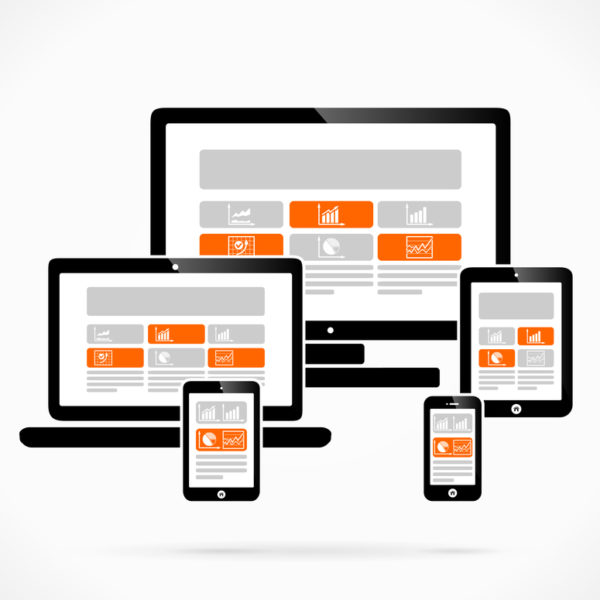Business Basics
A brand’s voice and personality depend on the type of content used to craft that image. How you decide to manage that content is intimately involved in every step of the purchase decision-making process. It is the most stable mechanism for a brand promotion.
Customer engagement, which is a strong predictor of company growth and brand loyalty, is built by providing value to the consumer. This action is most often achieved through value, usually achieved through useful content. “Emotional engagement is far more important to consumers than promotional content,” thus making the quality of the content the main factor in its success.
A reputation…is it owned or earned?
While everyone recognizes the role of content in owned and earned media, it’s harder to determine if the content has a place in paid media or if paid media is rendering content useless. Owned, earned, and paid media sources are almost always used together in unison. They’re used to build off each other, but they have key differences worth elaborating.
Owned Media refers to all channels that a company manages and curates, like websites, blogs, and social media. Its main strength is the control it gives a company over their brand image. Its main weakness is its limited reach—though 89% of marketers are using social media around 16% of Facebook fans see the brand’s content on their newsfeed.
Earned Media includes all mentions of a brand on third-party channels. Sometimes referred to as organic advertising, search engine optimization and mobile app store optimization. It is the shared, the reviewed and the viral. Its main weakness, that of having no control over what is being said when, is counteracted by its main strength, the power of word-of-mouth to influence people’s decisions. The skepticism people have when viewing ads is equivalent to the trust that comes from another person’s recommendation.
Paid Media is comprised of all of the advertisements that you have paid. These include Adwords, sponsorships, and content written by others for a fee. Many times, this can appear as sponsored items, appearing in a news channel feed. Another name is “native advertising”. It is expensive, yet, far-reaching. This is a highly targetable resource. While many have frowned upon it, paid media is important to a marketing campaign because, without it, your best content might remain hidden. It is not a replacement for “true content”, but it is a valuable tool in taking owned media and pushing it to possibly blurring the line toward earned media. Competition online has made it hard to sift through information on the basis of interest alone and paid media allows one to place an ad before eyes who are searching for it.
At the core of all three strategies lies content. It is content that draws people to your website. It is content that makes people want to talk about your brand and share it with their friends. And it is content that keeps people engaging with ads even when they’re savvy enough to recognize and avoid them. Paid media will reach an audience, but it will rarely keep them watching more than they have to.
Content is what makes consumers say, “Wow, I didn’t even know that was an ad for something!” Questions for the ad industry become “Where do we draw the line between advertising and content?” and “How visible do we make that line?”





Leave a Reply